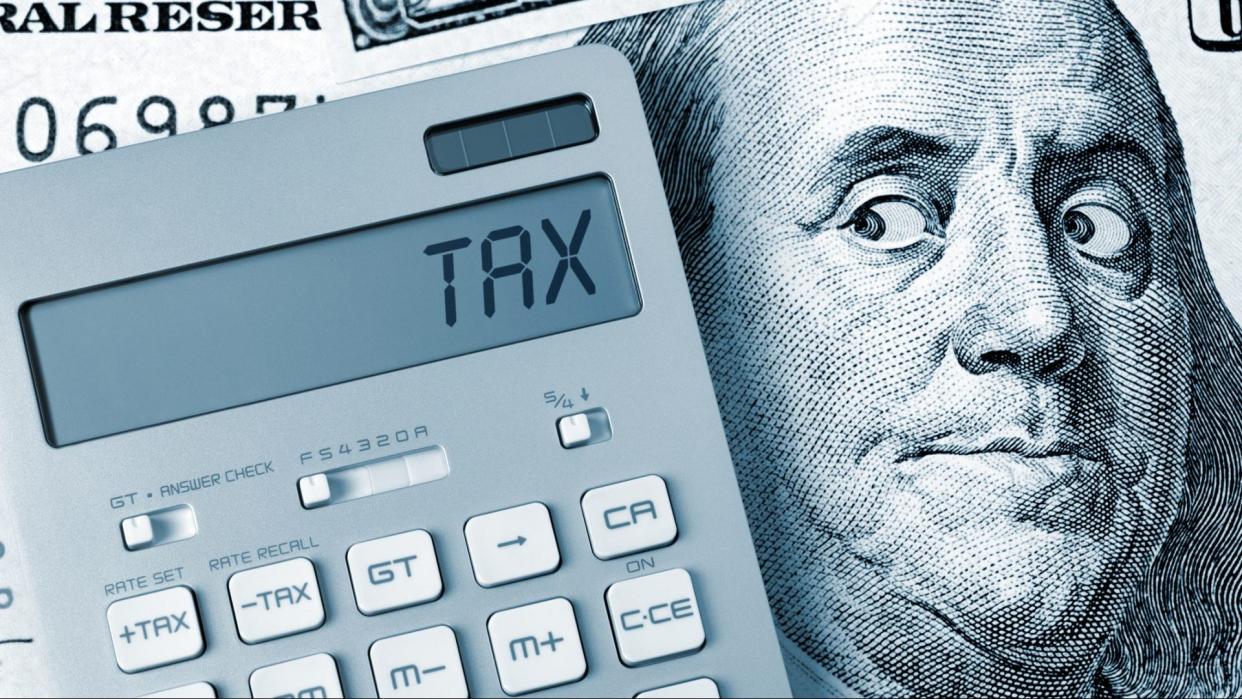Tax refunds are a big silver lining of enduring winter — but, if you’re expecting a big check in 2023, be prepared to see less than previous years.
Learn: 5 Hidden Costs of Electric Vehicles
Also: 5 Things You Must Do When Your Savings Reach $50,000
Experts and even the IRS are warning that tax refund “sticker shock” will happen early this year for 2022 returns because some of the pandemic benefits that padded refund checks expired in the 2021 filing season. That includes the expanded child tax credit, child and dependent care credit and federal stimulus payments.
Adding to the bad news: “If you tend to owe come tax season, you might owe a little bit more in 2023 because you won’t be eligible for as many credits,” NextAdvisor’s Alex Gailey wrote.
“A lot of things going on during COVID have been brought back down for the most part to 2019 levels,” said CPA Krystal Todd, per NextAdvisor.
Here are some of the most pressing issues to consider this tax season, according to CNBC:
Reduction in tax credits: The American Rescue Plan of 2021 helped parents and caregivers with certain credits, but those did not extend to this filing year. While providers were able to claim $3,600 per child under age 6 in 2021, that credit is now back to the standard $2,000 for this filing year. As well, the child and dependent care tax credits — which bumped to $8,000 for one child and $16,000 for two or more children in 2021 — are also now back down to the standard $3,000/$6,000 caps.
Charitable deductions are more difficult: In 2021, a charitable deduction of $300 (or $600 for married couples filing jointly) was able to be claimed even if you didn’t itemize, and instead took the standard deduction. This filing year, that’s no longer the case. Those seeking to benefit from charitable contributions must itemize, and all itemized deductions (including those charitable) must exceed the standard deduction.
However, the Internal Revenue Service did indicate some good news regarding deductions: married couples filing jointly will be allowed a standard deduction of $27,700 — up $1,800. And for single taxpayers and spouses filing separately, the standard deduction is $13,850, up $900. For heads of households, that figure is now $20,800, up $1,400.
This is all to say that preparing early is more important than ever in advance of 2023’s tax season. Start gathering all relevant paperwork, receipts, and documentation for all deductions or itemizations now. Use the IRS calculator to estimate your taxes due or amount to be returned, planning for any payments if need be.
Live Richer Podcast: You Might Be Losing Your Credit Card Reward Points: Here’s What You Should Do
Finally, if this seems an extremely daunting task — or simply more trouble than it’s worth — lining up a tax professional who can reduce any potential headaches is strongly advised.
More From GOBankingRates
How Credit Card Competition Act Would Affect You
Social Security Recipient? The Best Senior Discounts for Retirees 65 and Older
The 10 Best Rewards Credit Cards for 2023
How Many Credit Cards Should You Have? Experts Weigh In
This article originally appeared on GOBankingRates.com: Tax Refund ‘Sticker Shock’ Is Coming — Why Less Money Back Is Expected in 2023
Source: Read Full Article
